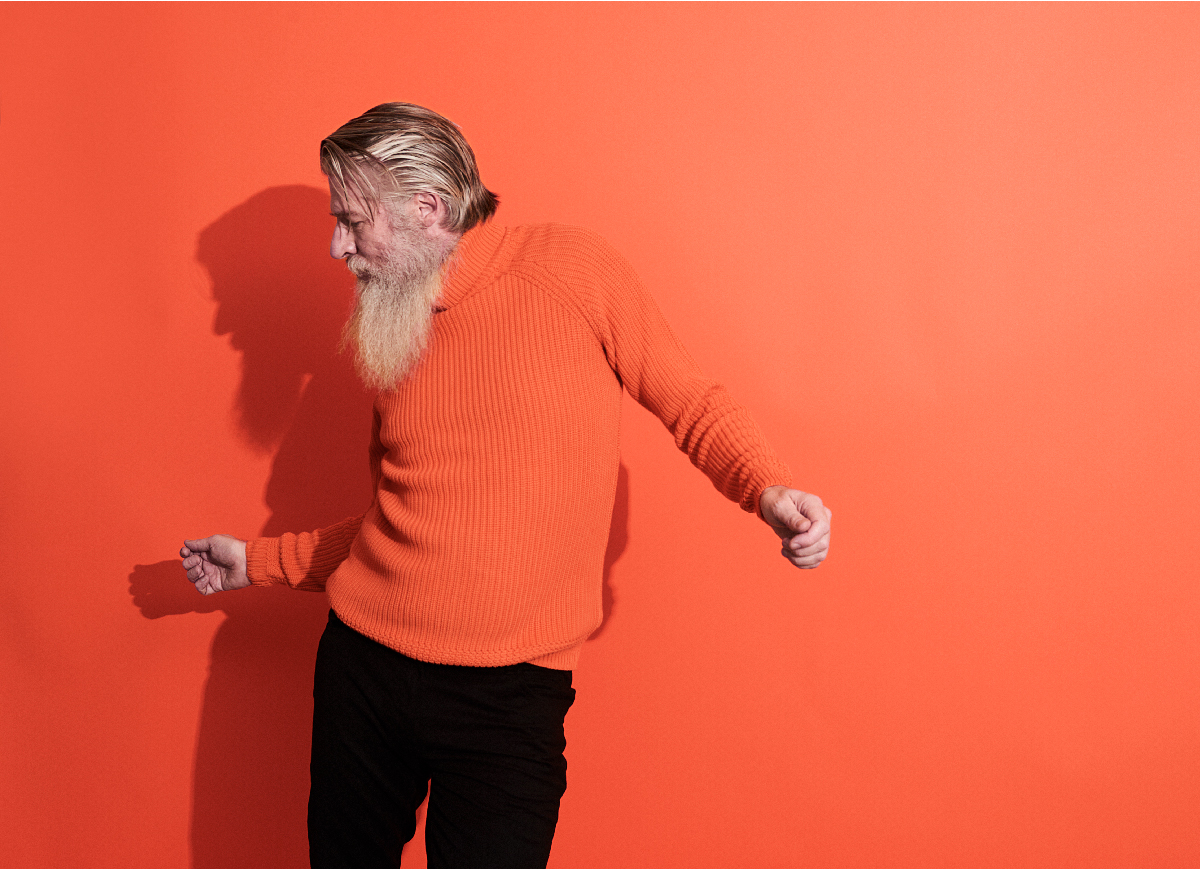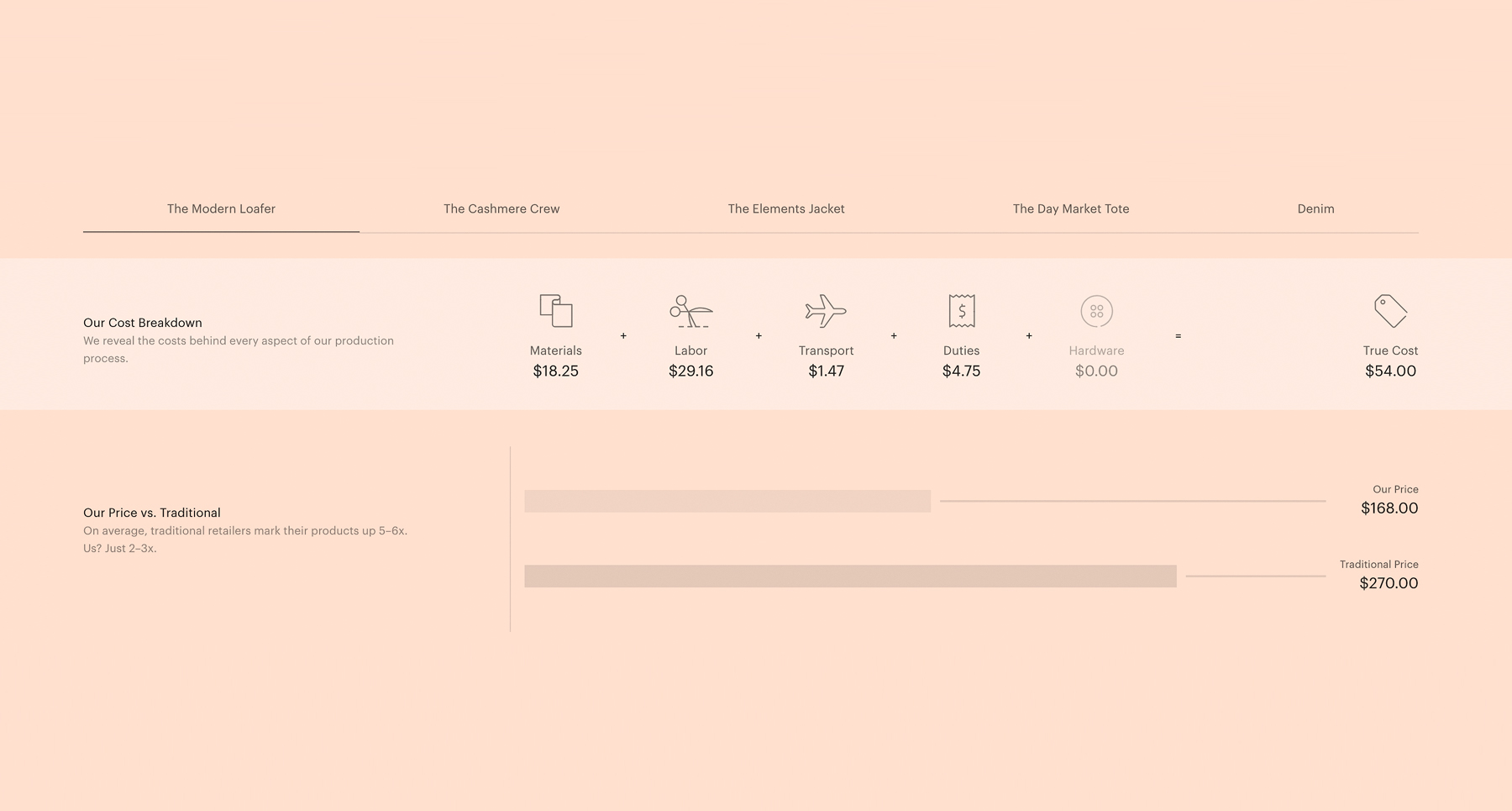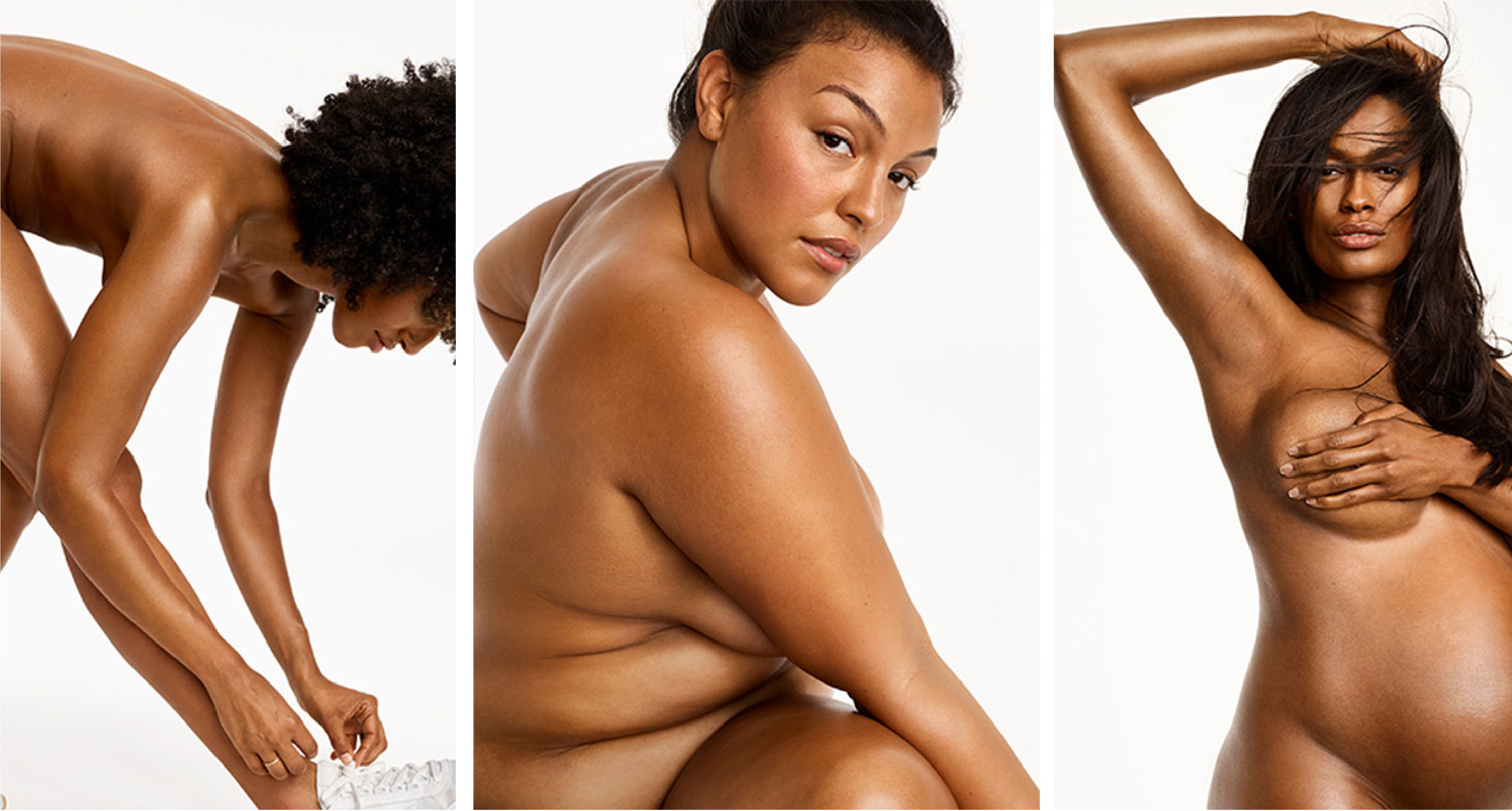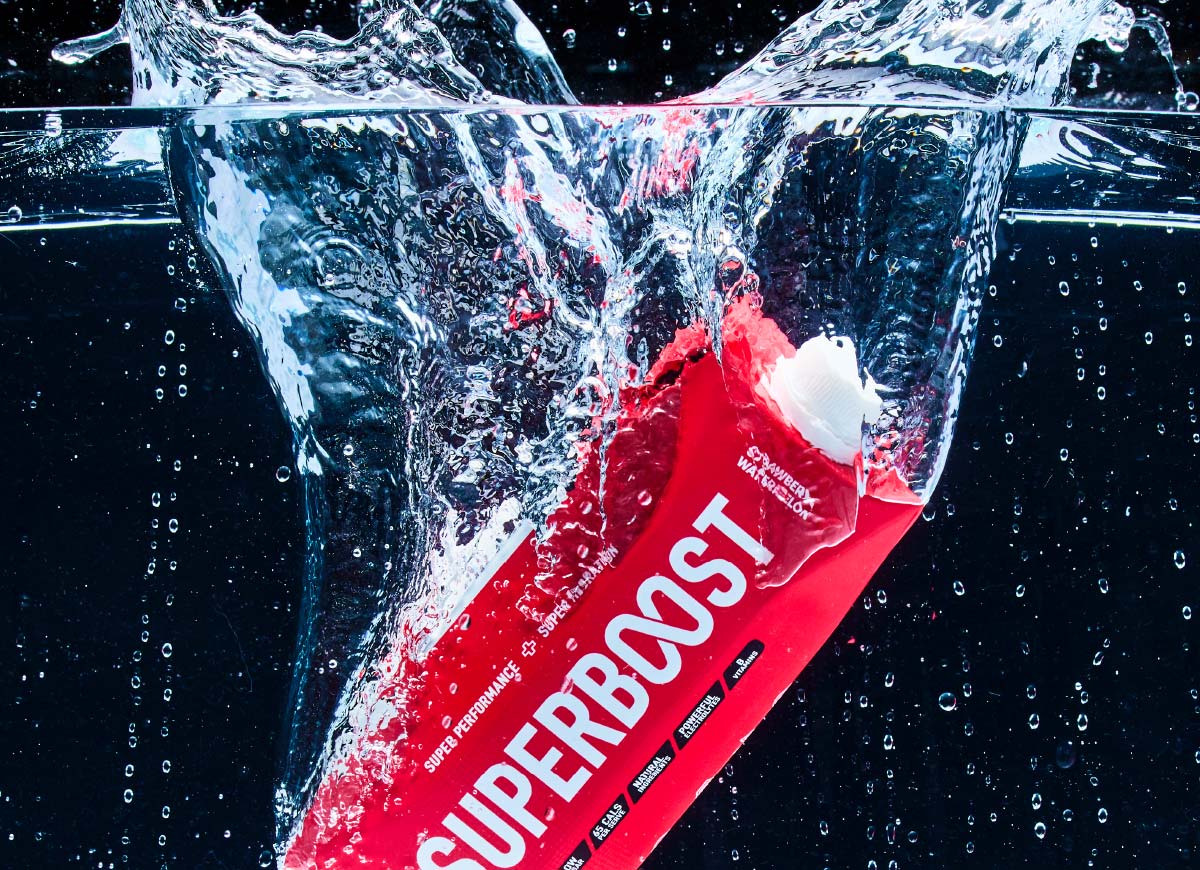You can’t fake authenticity, but you can plan it.

What are brands doing to express authenticity
through their tone of voice and visual identity?
When somebody drops that they are authentic in a conversation, it’s a lot like someone randomly telling you that they are cool… In the words of the wise Derek Zoolander “I’ve got a newsflash for you Walter Cronkite, YOU AREN’T!”
Authenticity is becoming increasingly important to brands. A recent Cohn & Wolfe’s global study showed that 91% of consumers indicated that they were willing to reward a brand for its authenticity by making a purchase, investment or an endorsement.
Brands are starting to realise the value in being more authentic and are injecting as much genuineness as they can into every touchpoint with the aim to create engaging content to pull the customers closer. That’s great, but you can’t snap your fingers and become super genuine overnight, you need to get some runs on the board first to gain respect with your audience.
So what does it mean to be an authentic brand?
Being authentic doesn’t mean you let your hair grow out and head out to the woods to live in a log cabin for the rest of your year. It simply means being as real as possible… as in, be true to your values and just be you. How does this play out for brands? Well, brands are just like us, they have values and a personality. Do the same to make it authentic and be as true to this as you can, warts and all.
Warts (or vulnerability) as it’s more commonly called – can be a good thing if expressed well. It demonstrates sincerity and it also shows that there’s real people behind the brand and not just a bunch of dumb robots locked on auto response. Compute? Imperfections and honesty show that we are real and just like everyone else, these can be the good things that define our persona and shape who we are. They also help brands to be more likeable, more accessible, more interesting. Think of authenticity as an equation, like this: Sincerity + Vulnerability = Authenticity.
Brands make mistakes all the time, some bigger than others! Look at Facebook recently, they came off looking like a spotty teenager caught stealing a candy bar at the corner store… if your brand makes mistakes (let’s face it, it will happen we’re only human) be true to the facts with your response and you’ll have a much better go at getting second chance from your customers.
Clothing brand Everlane is a good example of a brand keeping things very real.
They make their garments only in ethical factories, but show radial transparency, to the point where they publish the breakdown of raw costs, including transport and materials. https://www.everlane.com/about

Skincare brand Glossier is another brand that keeps things very confidently authentic. Here’s a capture of there latest campaign using women with real bodies from diverse cultures and various body shapes. Showing that anyone can have glowing, dazzling skin.

These brands both show that keeping things real can really cut through the crowd and get you noticed for all the right things.
In the age of digital media, there’s nowhere to hide. Transparency is the best course. Brands can now easily create proper dialogue with mediums like social media and AI. Make it real, create conversations with your customers that matter, remember they are already fans ready-and-there waiting for you. Engage with them! Great brands really understand their audience which helps to make every experience relevant and meaningful, show your customers that your brand is so much more than just the products and services it sells.
Because when you’re authentic you make more friends, or from a brands point of view get more customers, people that are here to stay.
I guess what I’m saying here is – if you fake it today, you AINT gonna make it tomorrow.


